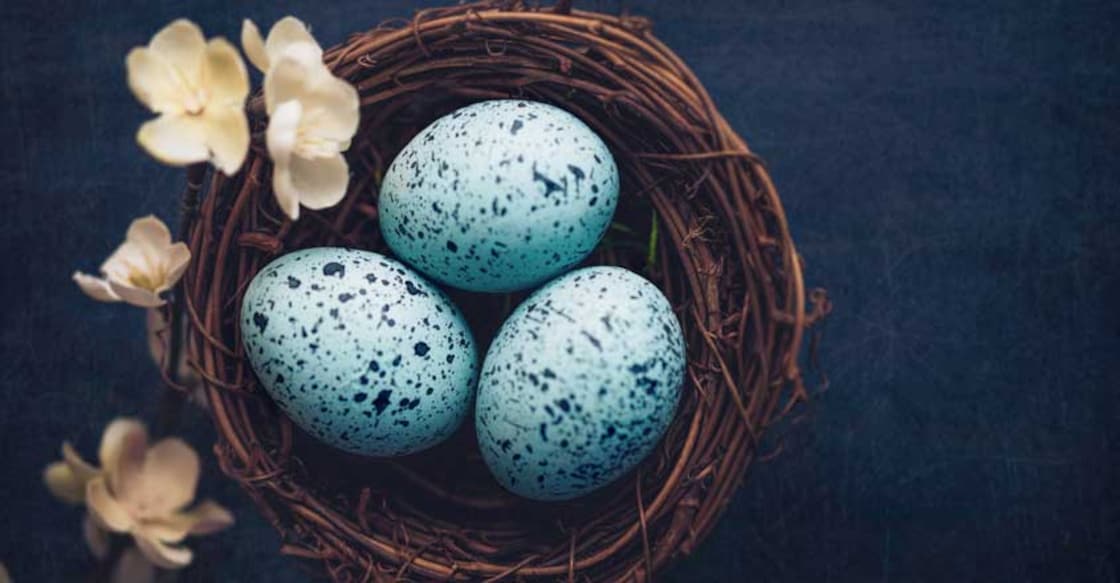The colourful Easter eggs have a joyous history of their origin

Mail This Article
If the delicious cakes add the perfect sweetness to ring in Christmas, it is the colourful Easter eggs which represent the hope and joy of Easter. The Easter eggs symbolize the resurrection of Jesus. It celebrates the restoration of faith and hope and the new beginning of life after defeating death.
The tradition of gifting Easter eggs can be seen in many countries. However, the history of it and the beliefs associated with the practice may differ.
In the United States of America and Canada, children believe that the Easter bunnies bring them the beautiful eggs as gifts. In Britain, from 15th century onwards, beautiful eggs made with flour and sugar was distributed after the Easter vigil.
The custom of gifting Easter eggs began among the ancient Christians of Mesopotamia. It soon spread to other cultures as well. It is said that the practice of decorating egg shells, to celebrate the arrival of the spring season, goes back to the ancient times. Later, it became part of the Eastertide which is celebrated during the spring. On the Easter morning, the family members would hide the Easter eggs, with surprises inside it, for the kids to find out. In some churches, blessed Easter eggs are distributed among the parishioners, after the night vigil.

What's inside the egg
There are two different ways to make the colourful Easter eggs. The traditional method is to boil the chicken or duck’s egg and then painting the shells in attractive hues and patterns. Later, chocolate and plastic eggs became extremely popular. Candies or chocolates would be kept inside these eggs as a surprise element and wrapped in attractive glittery paper. Easter eggs, painted in red, have special significance in the Easter tradition. They are painted red in the memory of the blood of Jesus Christ. The Easter eggs also represent the empty tomb from which Jesus has resurrected.
In the olden days, onion skin, beetroots and flowers were used to dye the egg shells. Later these natural dyes gave way to artificial colours. In the European countries, beautifully decorated eggs are gifted to friends and family to share the joy of Easter. Easter messages too would be written on the shells. Children are the real admirers of the Easter eggs. There are many fun games like the Easter egg hunt in which decorated eggs are hidden for the children to find. Egg rolling, egg tapping and egg dance are some of the games and activities played using the Easter eggs.

